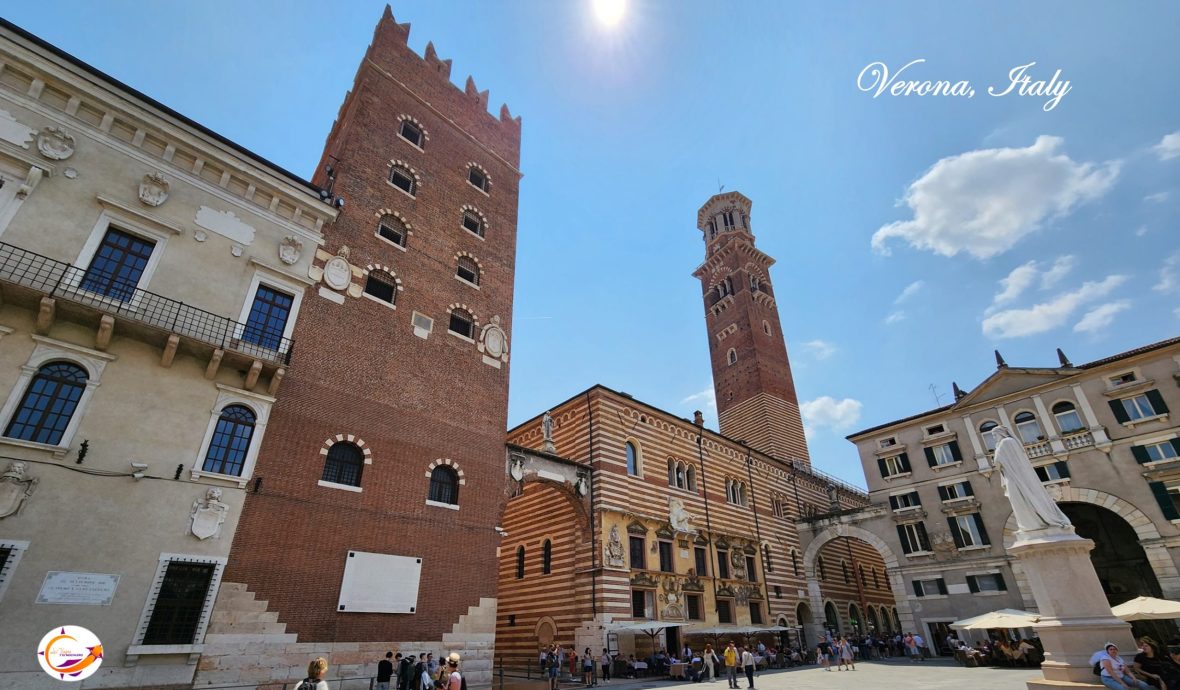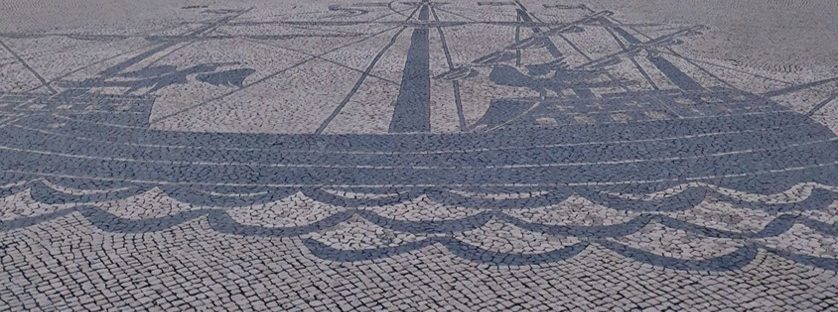 Portugal pays homage to the figure of the Marquis of Pombal through its square and the monumental statue and base that stands out in the center of modern Lisbon.
Portugal pays homage to the figure of the Marquis of Pombal through its square and the monumental statue and base that stands out in the center of modern Lisbon.
Sebastião José de Carvalho e Mello, a Portuguese statesman during the 18th century, a controversial and charismatic figure at the same time, and a living example of the so-called “enlightened despotism”. Better known as the Marquis of Pombal, he was an extremely important figure in the economic and social development of Portugal. From the moment King Joseph I appointed him Minister of Foreign Affairs and later Prime Minister, the Marquis of Pombal began the transformation of Portugal.
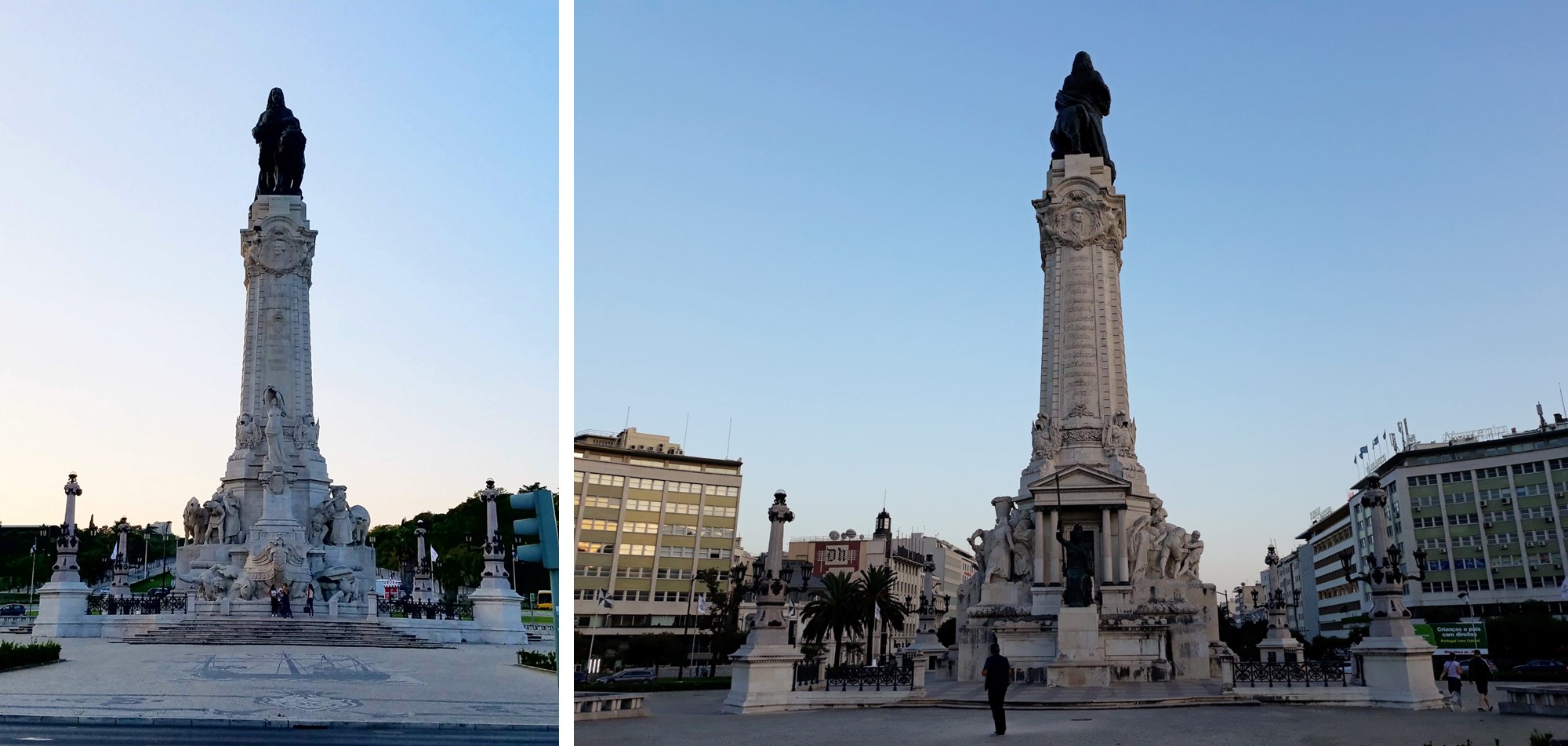
The Marquis of Pombal considered at some point to take as economic model to Great Britain, but knew very well that the British government despised Portugal and considered it as a dependent and weak ally. He decided on the political model of the absolutist France of Louis XV in order to strengthen the State. Sebastião de Melo ruled from the beginning with an iron hand, imposing the laws of the Crown to all social classes, from the poorest to the nobility. He had no mercy with anyone.

However, the Marquis of Pombal, successfully implemented the economic model of Great Britain in its international trade, achieving measures that act in the same way in the Portuguese economy. From his government comes the region demarcated for the production of Oporto wine, the first region that ensured the quality of its wines, constituting an antecedent of the current denomination of origin for products. Thus, he enacted very strict laws to regulate the quality of wine and set a state monopoly on its production, forcing landlords to follow government rules, and imposing on British merchants the role of mere intermediaries. We could consider it as his “revenge” to the government of Great Britain.
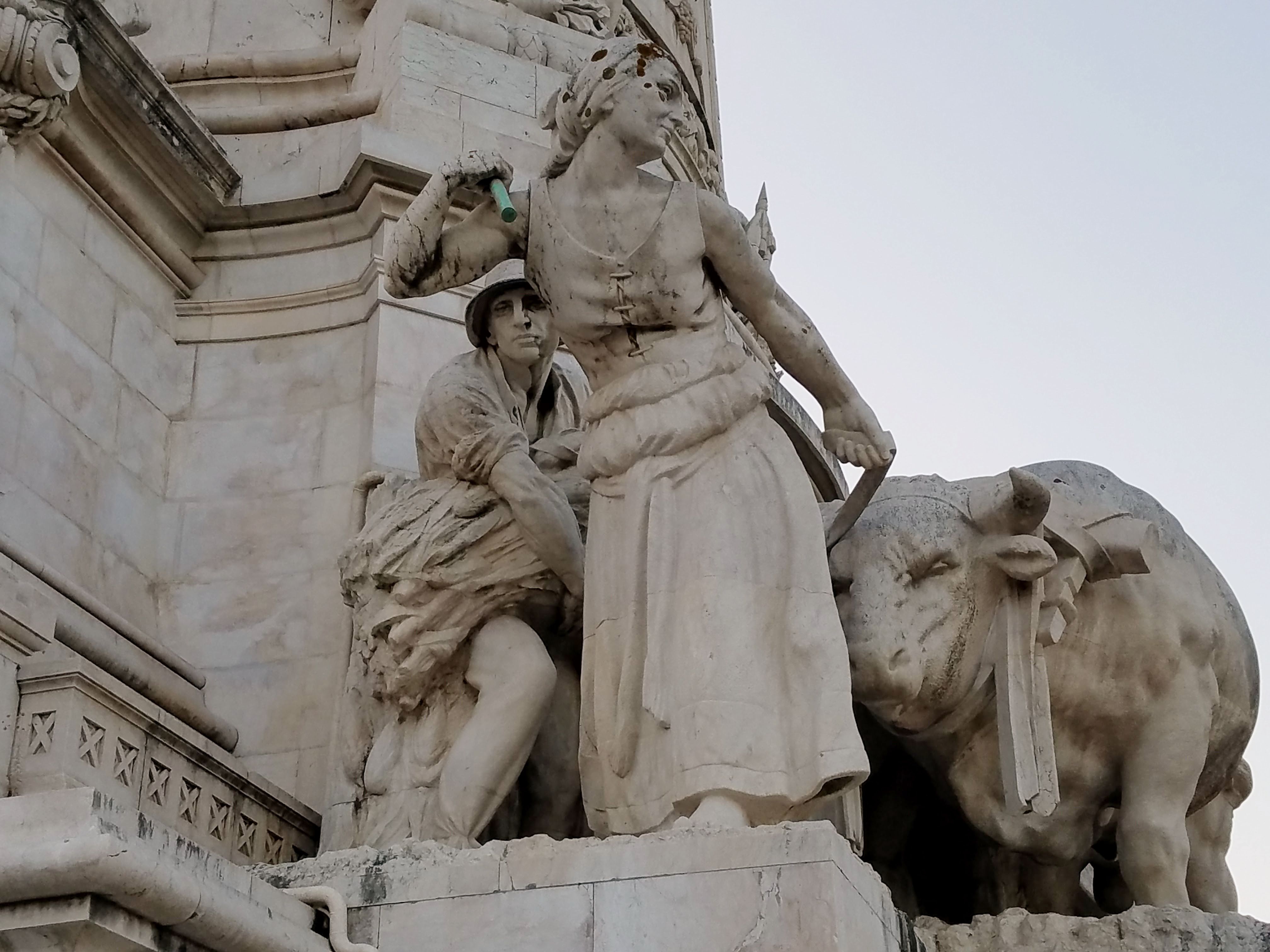
In its management, Pombal put into practice a vast program of reforms, whose objective was to rationalize the administration without weakening the real power. To achieve this goal, the Minister incorporated the new ideas disclosed in Europe by the Enlightenment, but at the same time retained aspects of absolutism and mercantilist politics.
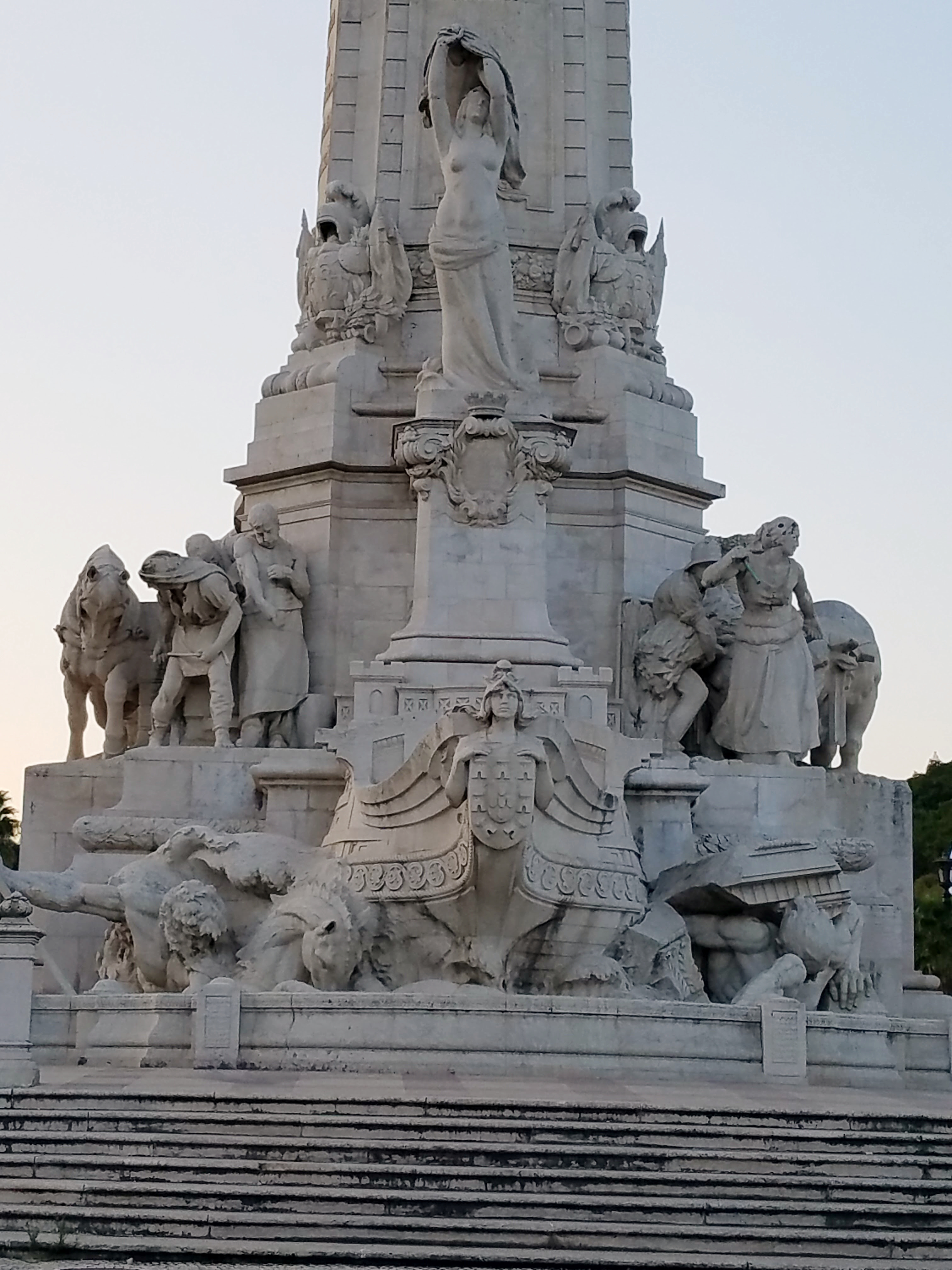
A very significant event that marked the historical importance of the Marqués de Pombal was the earthquake in 1755 that caused significant damage in Portugal, especially in Lisbon. This misfortune allowed the leadership of the Marquis to flourish and immediately set about rebuilding his country.
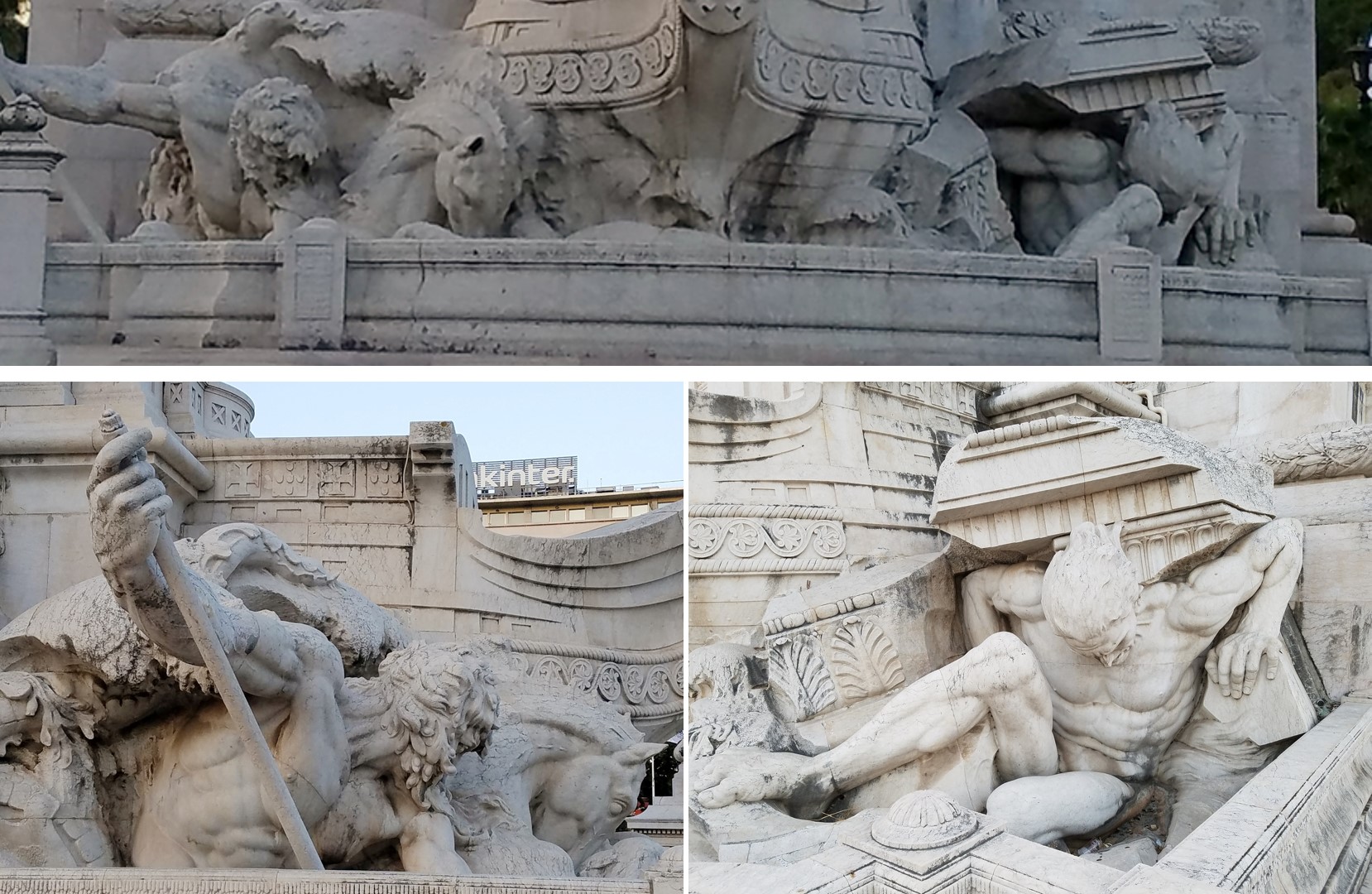
The Marquis of Pombal was so interested in the phenomenon that it almost destroyed Portugal, which initiated efforts and studies that contributed significantly to the development of seismology as a science in Portugal and throughout Europe.
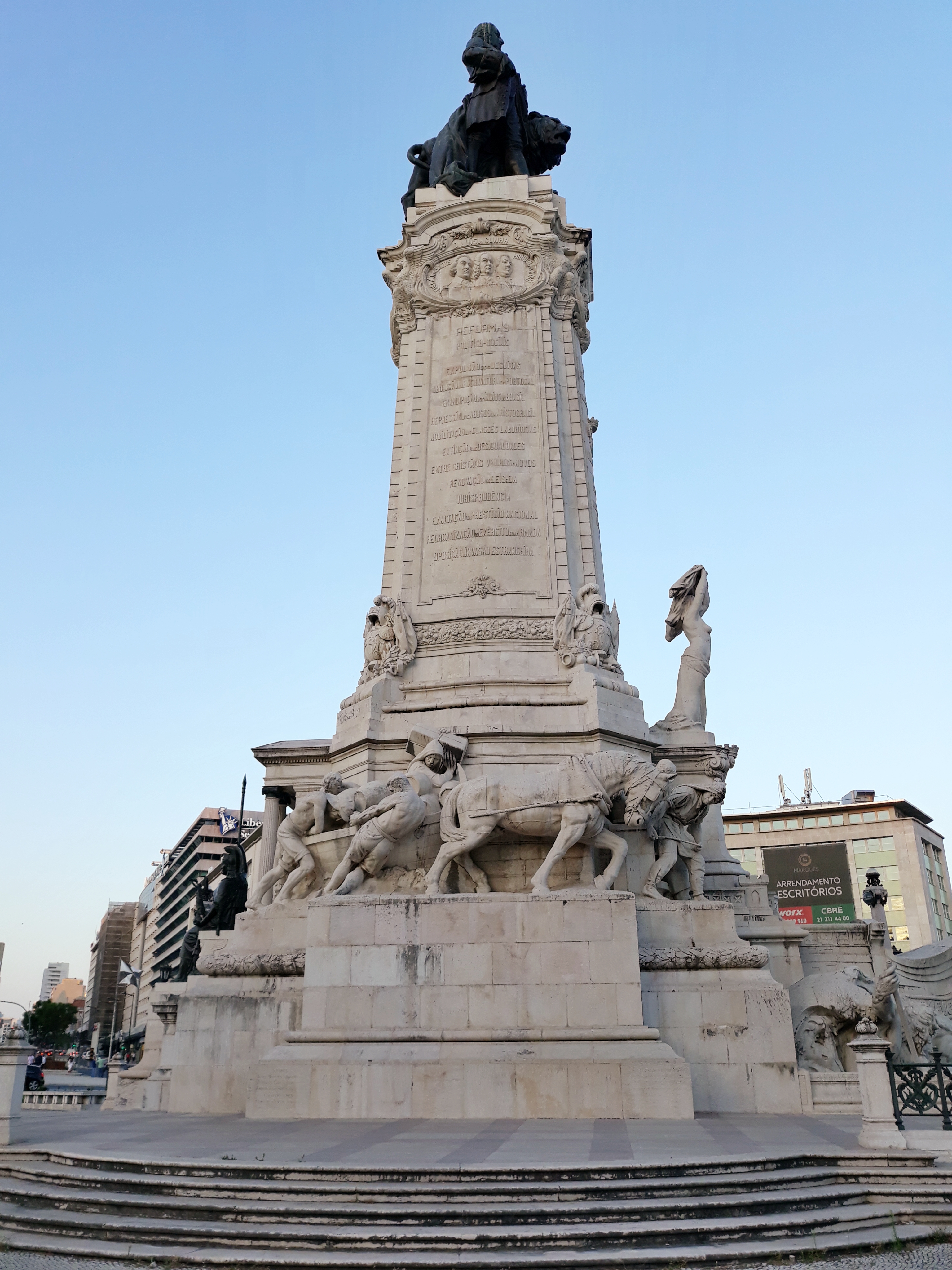
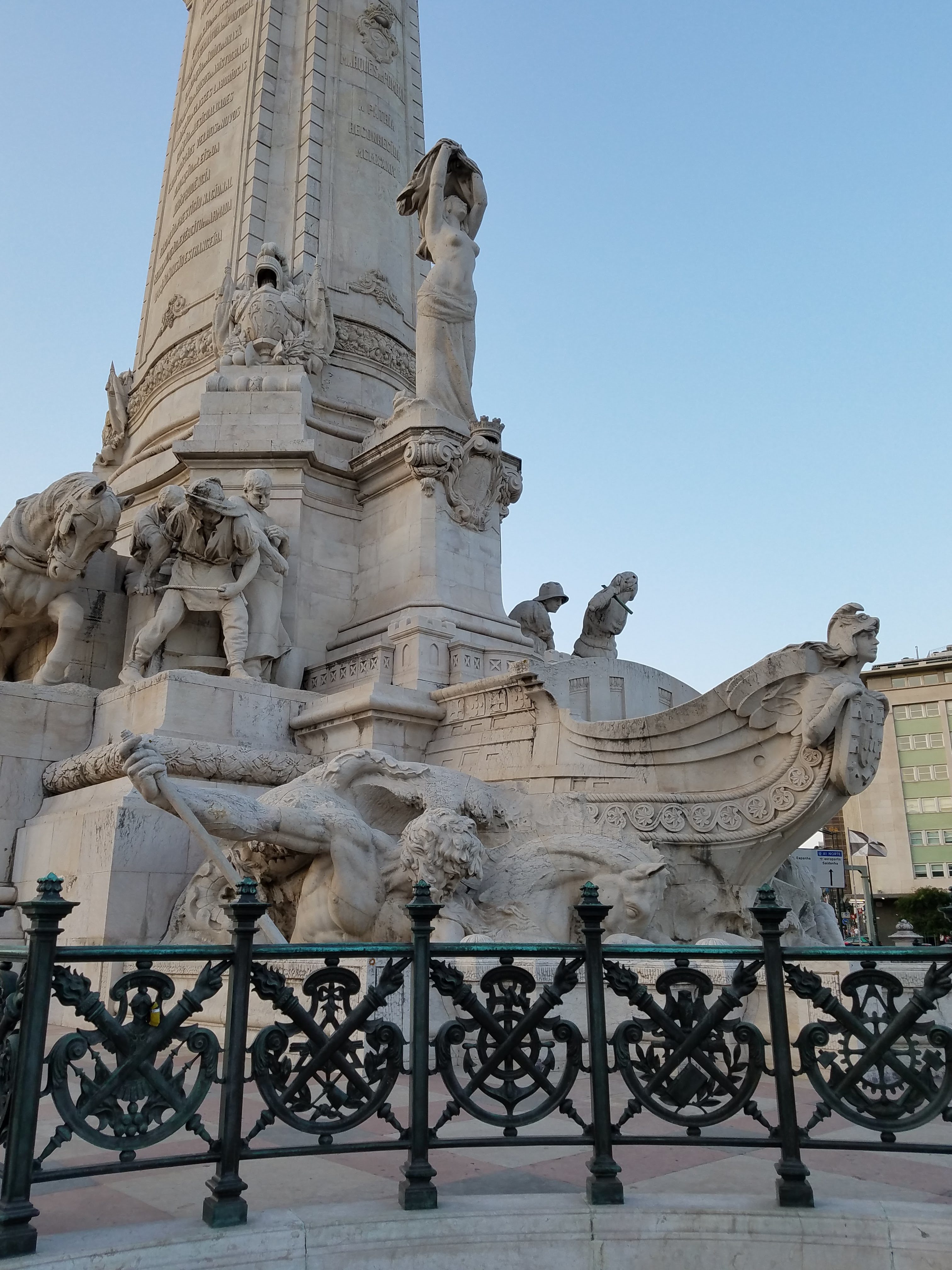
We can observe all its contributions through the sculptures that are around the elaborate base that sustains it. We see the Marquis of Pombal at the end of the 40 meter high column next to the lion as a symbol of strength, determination and royalty.
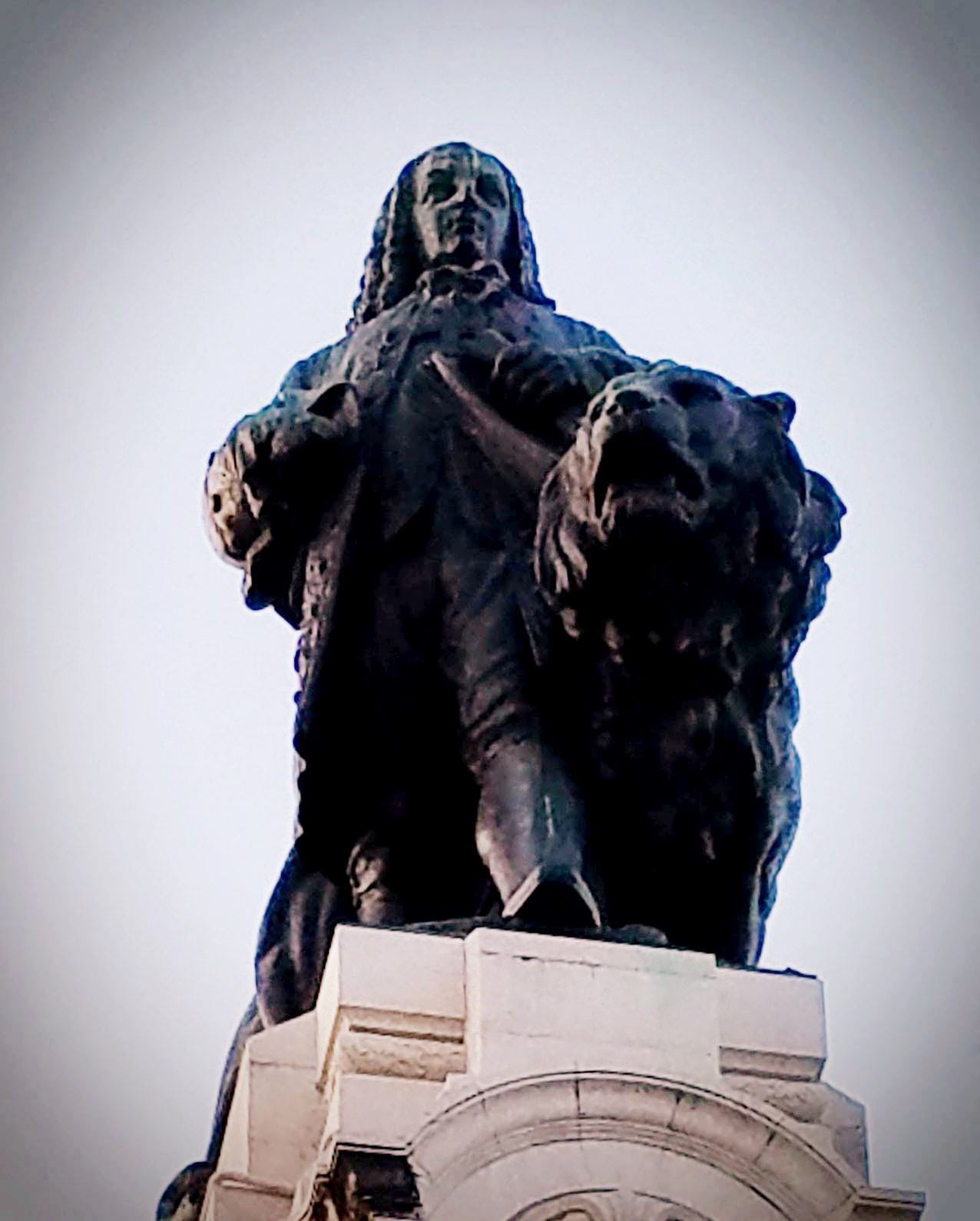
The base of the monument is rich in allegories alluding to the actions of the Marqués Pombal.
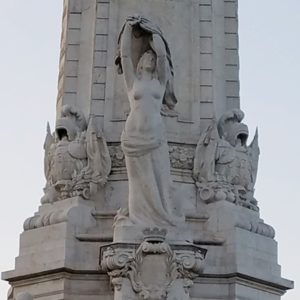

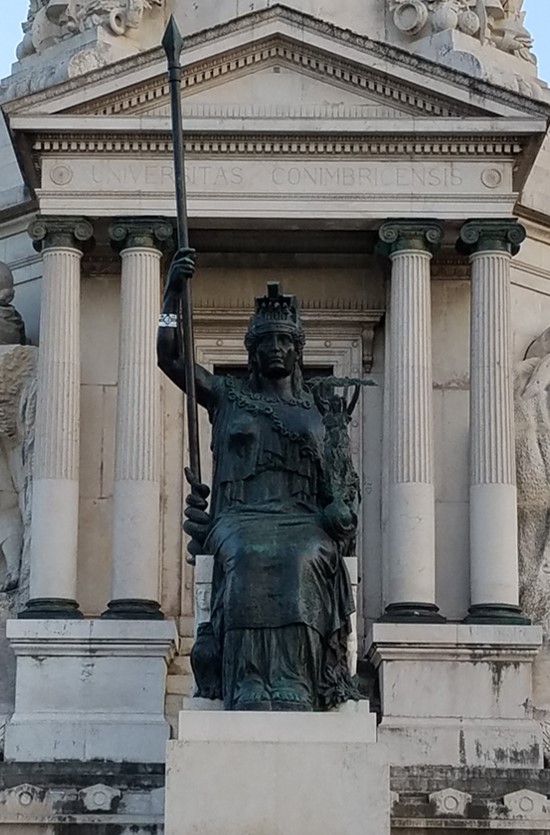
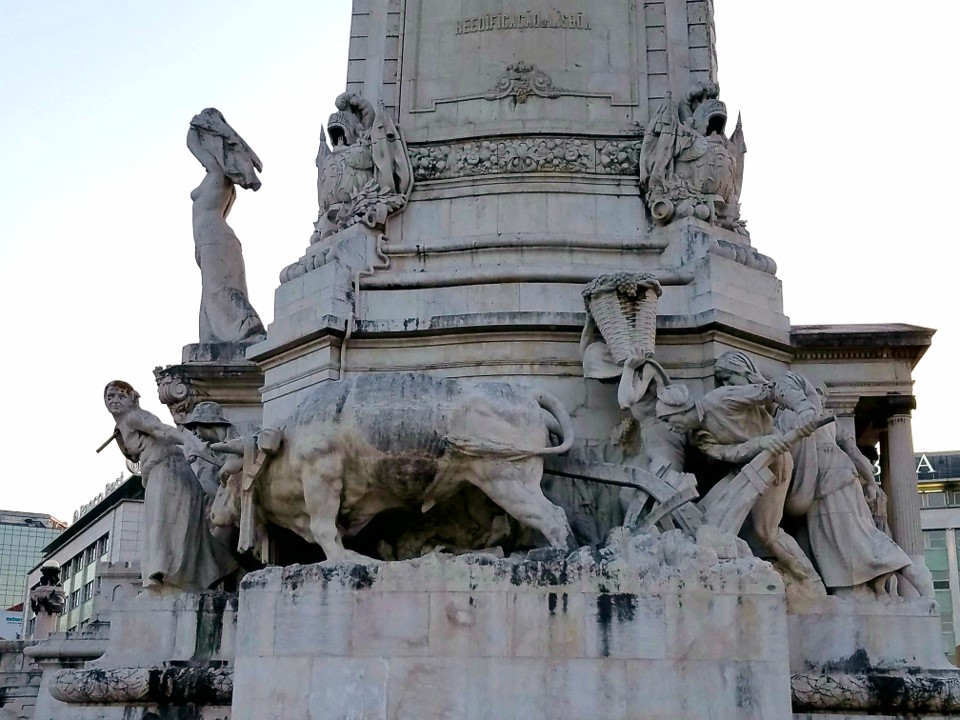
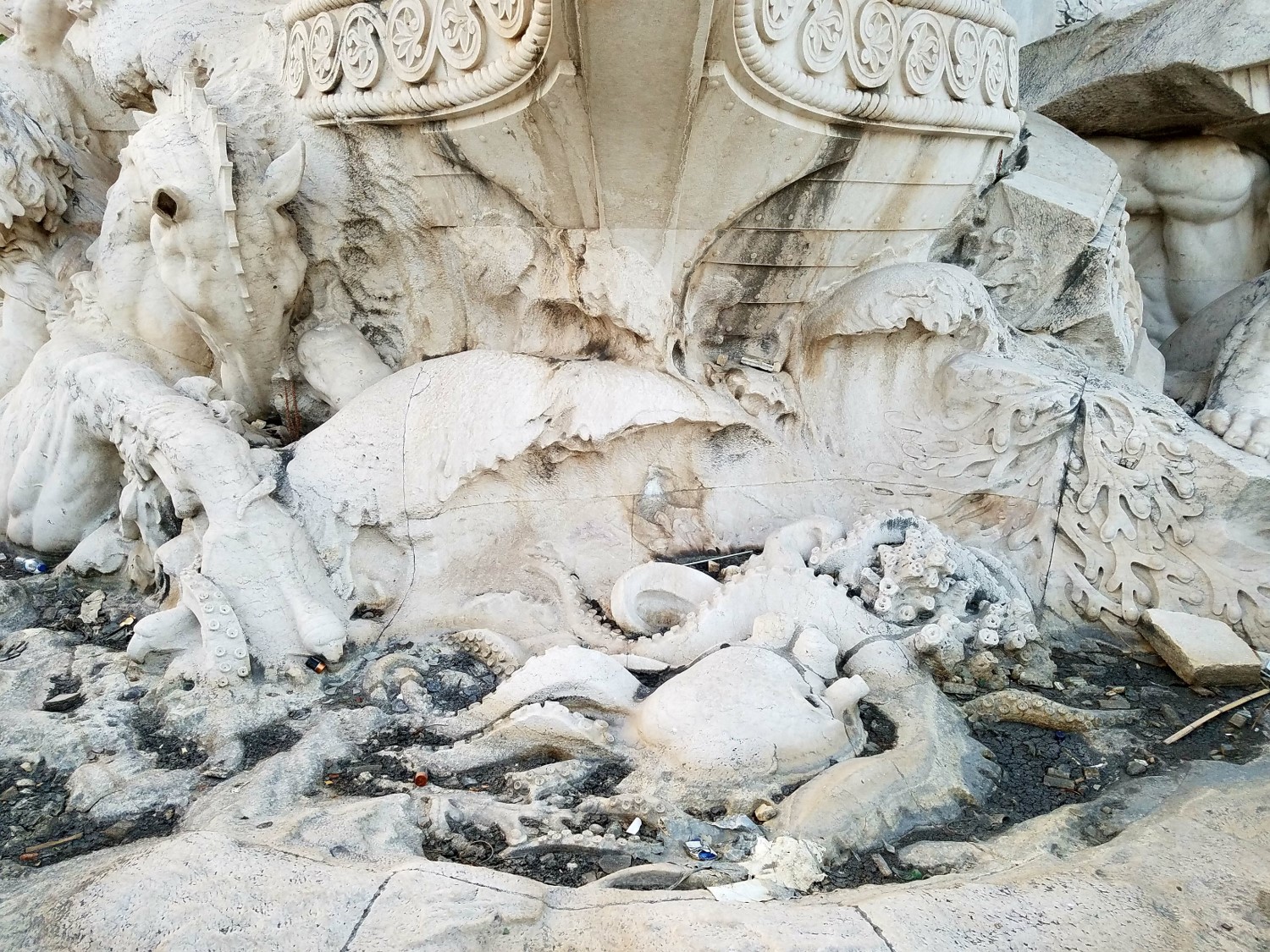
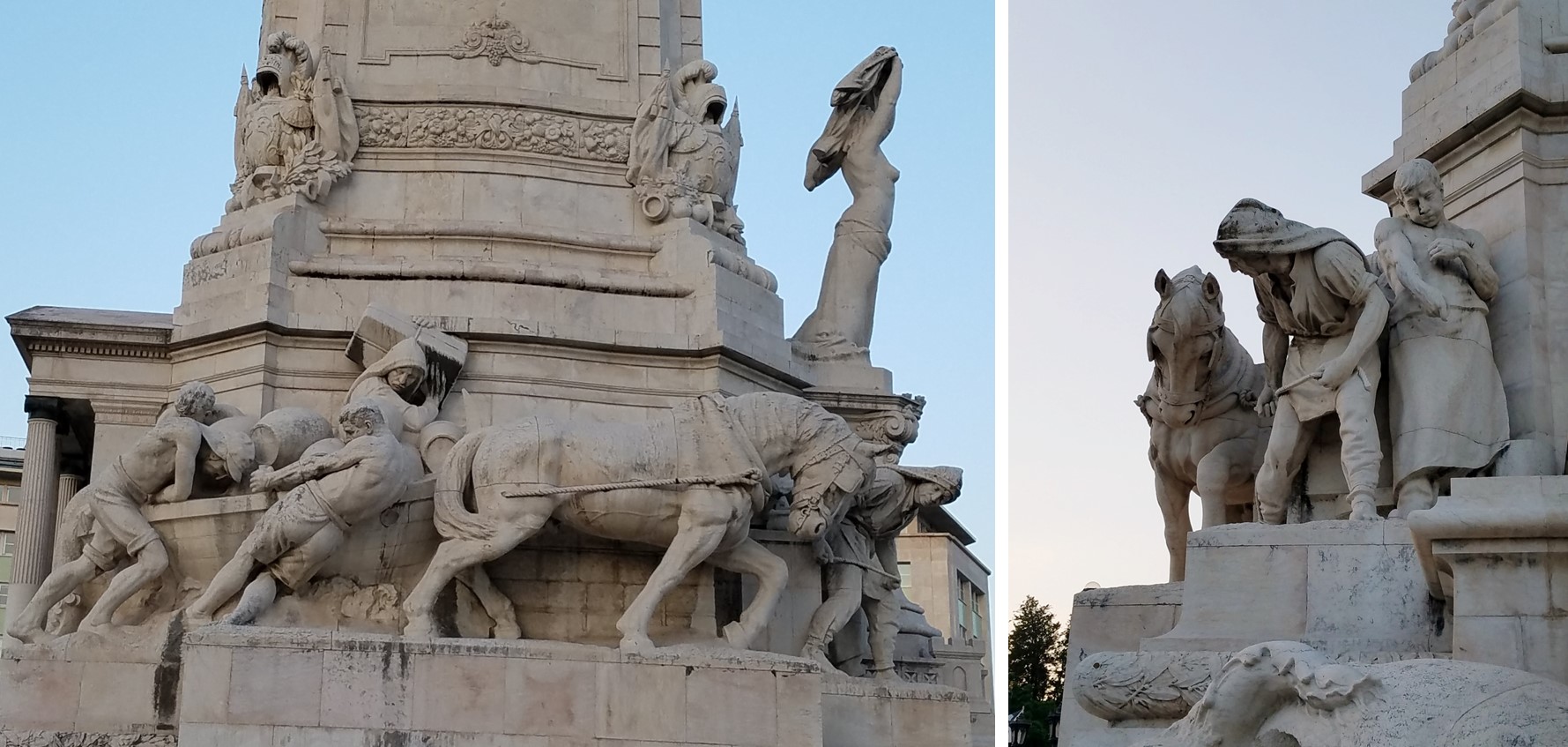
The “Fuste” presents, on all four sides, inscriptions on the work of the Marquis. In the upper part of this, four medallions with the figures of: Machado de Castro, D. Luis da Cunha, Eugenio dos Santos and Manuelda Maia.
There is no doubt that the Marquis of Pombal earned his place in the development of Portugal that we know today.
